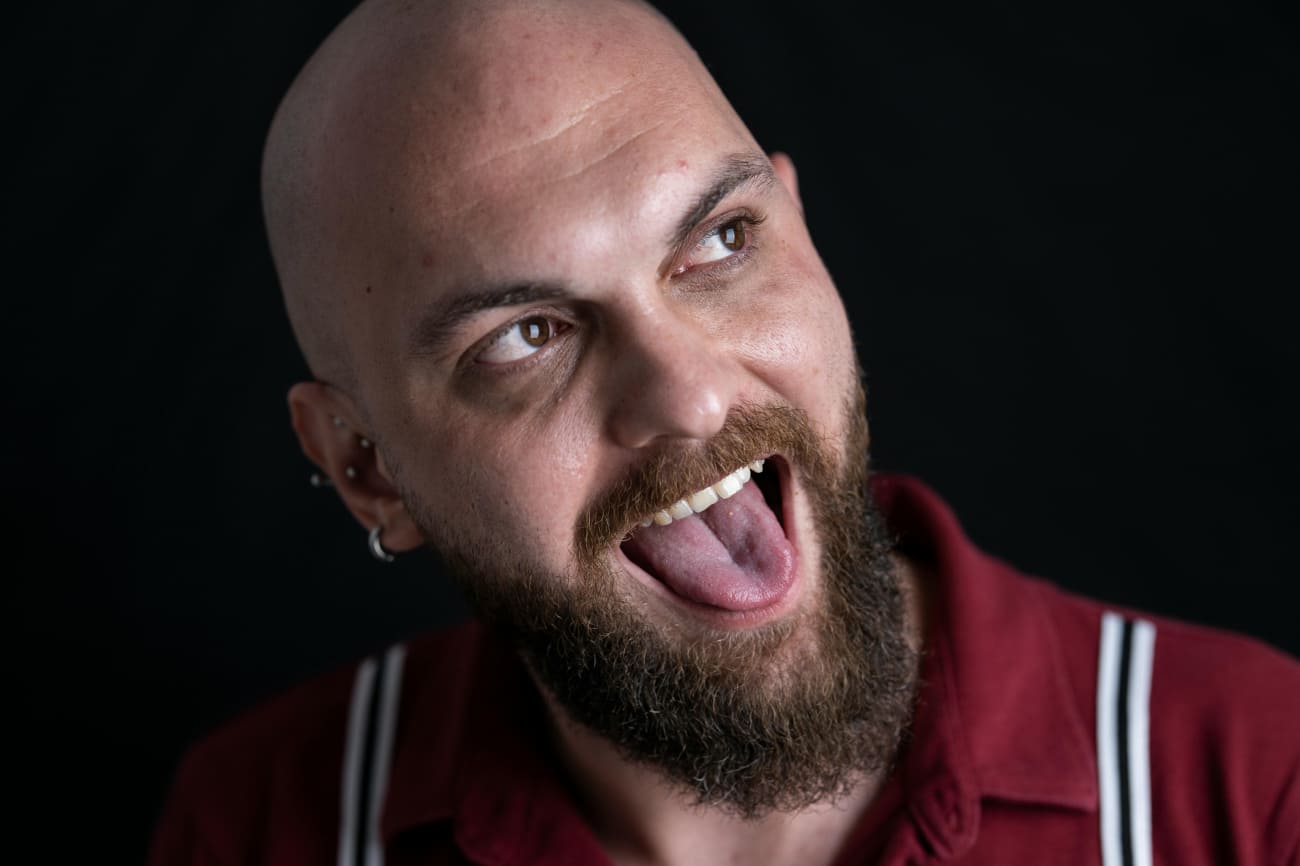Understanding Tardive Dyskinesia: Signs, Treatments & More

Tardive dyskinesia (TD) is a neurological disorder that occurs as a side effect of long-term use of antipsychotic medications. These medications, while essential in managing psychiatric conditions like schizophrenia or bipolar disorder, can lead to involuntary movements in various parts of the body. This condition can be distressing and significantly impact a person’s quality of life.
Here, we’ll explore the signs of tardive dyskinesia, potential treatments, and how to manage the condition effectively.
-
Signs of Tardive Dyskinesia
Tardive dyskinesia is marked by repetitive, involuntary movements, primarily affecting the face, tongue, and limbs. The most common signs include:
-
Facial tics: Grimacing, blinking, or other facial movements the individual cannot control.
-
Tongue movements: Involuntary sticking out of the tongue or making chewing motions.
-
Limb movements: Jerky or squirming movements of the arms and legs.
-
Lip-smacking: Frequent puckering or smacking of the lips.
-
Rapid eye blinking: Uncontrollable and excessive blinking.
These symptoms may appear gradually, and individuals often don’t realize they are developing TD until the movements become more noticeable. Because tardive dyskinesia can worsen over time, early recognition of these signs is crucial for seeking timely intervention.
-
-
Causes and Risk Factors
The primary cause of tardive dyskinesia is prolonged use of antipsychotic medications, particularly first-generation antipsychotics like haloperidol and chlorpromazine. Although second-generation antipsychotics have a lower risk of causing TD, they are not entirely risk-free.
Certain factors may increase the likelihood of developing TD, including:
-
Duration of medication use: The longer an individual is on antipsychotic medication, the higher the risk.
-
Age: Older adults are more prone to developing TD, especially those over 60.
-
Gender: Women are at a slightly higher risk than men.
-
Medical history: People with diabetes or those who have experienced other movement disorders may also be at an increased risk.
-
-
Treatments for Tardive Dyskinesia
While there is no cure for tardive dyskinesia, several treatments can help manage symptoms. The first step in treating TD is to review the patient’s medication regimen. Adjusting or discontinuing the antipsychotic medication under medical supervision can sometimes reduce the severity of symptoms. However, stopping medication is not always an option for every patient.
Other treatments for TD include:
-
Medications: Two FDA-approved drugs, valbenazine (Ingrezza) and deutetrabenazine (Austedo), are designed to treat tardive dyskinesia by reducing involuntary movements.
-
Botox injections: For some patients, Botox injections can help relax overactive muscles and reduce specific symptoms.
-
Lifestyle changes: Stress management techniques and physical therapy can improve muscle control and reduce the impact of symptoms.
-
-
Living with Tardive Dyskinesia
Coping with TD can be challenging, but it is possible to maintain a good quality of life with the proper support. Patients should work closely with their healthcare providers to monitor their symptoms, adjust treatments, and explore additional therapies that may help them manage the disorder more effectively.
Tardive Dyskinesia is a complex condition with significant implications for those affected. However, with increased awareness, early detection, and comprehensive treatment plans, individuals can manage TD effectively and maintain a high quality of life. Knowing the latest developments in TD research and treatment options is essential, as well as empowering yourself and those around you with knowledge and support.
If you suspect you or a loved one may be experiencing symptoms of Tardive Dyskinesia, don't hesitate to seek guidance from a professional. Early intervention can make a substantial difference in managing the condition and improving outcomes.
